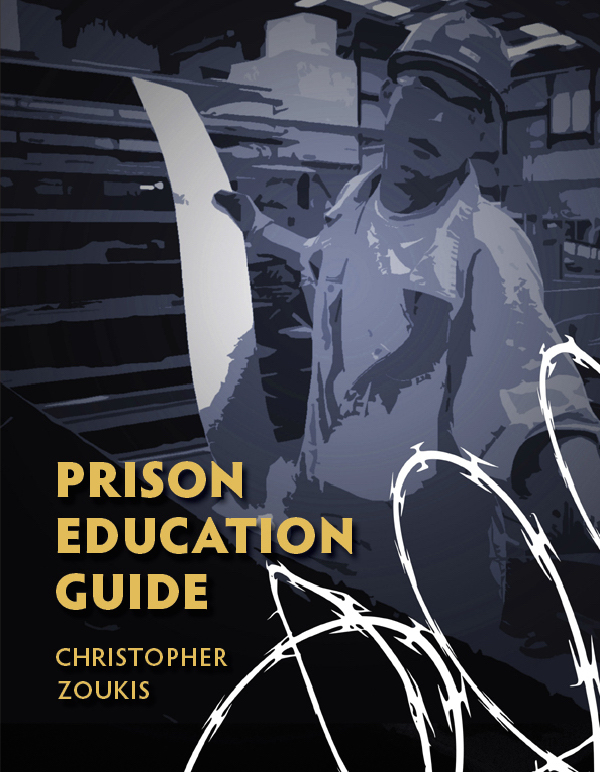Virus Vigilantes v. Virus Violators: Shunning, Shaming, or Policing COVID-19 May not Be the Cure
Crises have a way of bringing out the best as well as the worst in all of us. When driven by fear of the unknown, and in this case the unknown is a microscopic viral assailant known respectfully as COVID-19, a society’s response can vary dramatically.
In the media, we are shown messages of hope, endurance, and recovery, yet for every positive message, the media seem to feed us two that promote shunning, shaming, and of course, political slamming.
Fear of the unknown tends to breed contempt, and during a crisis, the blame game turns to war. Human nature attempts to mask its own fear through the use of deflection, and because we are all at war with this epidemic, we tend to deflect by offering our opinion on who misspoke, who mis-stepped, or who misled us deeper into this contagion.
Of course, not everyone is focused on the negative. We see people creating nonprofit food banks, setting up websites to offer volunteer services for the sick or elderly, and people hand-sewing masks from their basement or garage. We see the best in people.
On the flip side of that equation, however, we also witness the worst in people. There are those who insist on hoarding despite others in need or those who take advantage of a societal vulnerability through scams and exploitation. And then, there are those who resist newly imposed rules and restrictions in an act of sheer defiance.
Since the signing of the Declaration of Independence, Americans, by nature, show reflexive resistance to rules that infringe on their personal freedom. Unfortunately, this resistance may be counterintuitive when those very rules are intended to save lives.
If you’ve paid attention to the media in recent weeks, you have likely witnessed countless acts of defiance. There is the case of the mega-church minister in Washington County, Pennsylvania, who scheduled a “Woodstock-size” revival meeting, anticipating more than 100,000 unmasked participants, each encouraged to drive in from all over the country to proclaim their faith and their freedom. Then spring breakers crowded Florida beaches who seem to be more compelled by hormones than health. And finally, the everyday people we see wandering aimlessly down the street wearing their mask prominently on their forehead or chin. As concerned citizens, we have an innate need to point out each other’s carelessness or reckless behavior. We feel, at times, that it is our civic duty and our social responsibility to indict each other as part of the war effort.
What better way to fight an invisible enemy than to focus on what (or whom) we can see, then attack. The contagion thrives in chaos. This invisible enemy capitalizes on our weakness. It causes us to turn on ourselves, to spend our precious time identifying and policing our neighbors or those who may fall out of lockstep.
Inevitably, we are most influenced by the media, especially during a lockdown when our only connection to the world is what we are told rather than what we may experience firsthand. Today’s media however, are a far cry from the days of Walter Cronkite who seemed to only report the facts. Media feeds on fear, especially in the wake of a pandemic. Our source of information today is often comprised of hate-mongering “talking heads” who realize that ranting equates to ratings.
On a recent Fox news interview, former prosecutor-turned-pundit, Nancy Grace, was excoriating prison officials for letting any offender back into our communities and onto our streets. She dutifully cited an extreme example in which a county jail released one of its pre-trial detainees, who was recently brought in on charges for car-jacking. The jail believed it could not keep its detainees safe from exposure to the virus, so it proceeded to temporarily release (furlough) the population until such time that the epidemic could be brought under control.
For purposes of sensationalizing, Grace was able to capitalize on one lone example in order to decimate an entire “compassionate release” movement. Granted, the optics were disturbing in this particular case. It seems, the carjacking suspect, upon walking through the gate after receiving his furlough, proceeded to “carjack” another vehicle within 37 minutes. One may assume he had no ride home. In this case, however, even the most compassionate in society would have difficulty with this release, ride or no ride.
The question remains, however: Should we condemn all prisoners to a possible death sentence based on the actions of one? A more rational approach might be to consider each release on a case-by-case basis and evaluate that releasing candidate’s rehabilitative initiative, his or her prison record, and most important, their support system on the outside. Rational policy should not be based on extreme examples.
The reality is that the vast majority of prisoners held in lower-security prisons and in county detention centers are non-violent. Nevertheless, there are rallying cries all over the country to condemn many prisoners to what may likely become a death penalty irrespective of their particular crime or current health risk. Again, we may point to fear and deflection particularly when elderly and ailing prisoners who may be the most vulnerable to the contagion are left without a voice.
Then there is the case of the Philadelphia Police officers, who violently pulled a man off a city bus for not wearing a mask, or the case of New York police officers arresting a woman for not practicing social distancing while cuddling with her boyfriend in public. She was detained by police and spent 36 hours in a cell, which she had to share with nearly two dozen other women. Throughout her entire lockup, police offered no soap and only a few drops of hand sanitizer.
The Wall Street Journal reported that a suburban Chicago neighborhood was posting “shaming” photos on its community Facebook page of people who were not living up to the ideals of proper social distancing. One photo in particular was posted in order to shame William Zordani and his family who happened to take a leisurely neighborhood walk with their golden retriever. These shamers, now popping up all over the country, have become known as “virus vigilantes.”
Zordani and his family seemed to take it all in stride. “I think a lot of people are really scared,” Zordani said, “and the only way they can get some sense of security is to try to police other people.”
As the mortality rate continues to grow in some communities, there seems to be a corresponding upsurge in the number and type of virus vigilantism being executed. Some vigilantes have made it their life’s ambition during the outbreak to go after “coughing commuters,” to antagonize “kissing couples,” or to hunt down and photograph anyone failing to wear a mask, even those drinking a coffee alone on a park bench. A popular hashtag is #covidiot designed specifically to report “virus violators.” In a world where we have little to hold onto but fear, we seem to find solace in pointing at others. Jennifer Weiner of The New York Times suggests that anger is “a way of exerting a tiny measure of control.”
Shaming, however, does not work. It does not work in the criminal justice system, and it does not work in the general public. In the criminal justice system, prisoners often receive condemnation and belittlement from their custodians, having to endure comments like, “you misfit,” you loser,” or “you failure.” This vitriol and negativity exacerbates something called the “shame cycle.” Much the way an alcoholic might act the morning after waking up and remembering how much he embarrassed himself the evening before – the first thing that crosses his mind is to have another drink to medicate the pain. Psychology professor June Tangney of George Mason University and author of “Shame and Guilt,” says, “By shaming people, we’re actually encouraging the opposite.”
We may be able to take a lesson from history. In the late 19th century, Americans blamed Jewish immigrants from Eastern Europe for a cholera outbreak despite the fact that the outbreak was a result of contaminated water. This blame eventually cumulated in a New York Times article demanding absolute prohibition against all immigration in 1892. If that had happened, many of us would not be here today. Shortly before the cholera outbreak, the bubonic plague broke out in California inflaming suspicion that the disease likely originated with Chinese immigrants. That panic led to the burning of Chinese ghettos and the formation of Chinese quarantine camps. The event led to the 1882 Chinese Exclusion Act banning all Chinese immigration for 40 years.
In an article on Slate.com, Aviva Shen suggests, “In normal times policing has been America’s primary response to most of societal ills that cannot be solved by punishment. Homelessness, mental illness, violence, racism, poverty and toxic masculinity are all fed through the criminal justice system rather than getting addressed in any meaningful way, never mind resolved.” Perhaps Americans believe they can police their way out of fear by imposing more laws, more rules, more scrutiny, and more shame, yet it is this very attitude that drives us out of sync with that which makes for a civilized democratic and pluralistic society.
In the days and months ahead, we will have to choose between mercy and punishment, between reason and lunacy, between sanity and insanity, between hope and hopelessness. The punitive choices we have made in the past have failed. They continue to haunt us and to shape our communities as we move forward. The virus is intent on reducing us to our lowest common human denominator – survival. But humans do more than merely survive; they thrive. COVID-19 has no interest in our politics or in our courts or prisons. It does not care how we define good and evil, crime and punishment, love and hate. It is an inanimate predatorial force that affects all of us in one way or another. We should fear it, but we should not let it warp us or push us over the cliff. We are already far too close to the edge.
Simply put, we cannot police the virus. We can only police ourselves through encouragement, productivity, and compassion. We must appeal to our best qualities, to the ideals America’s Founders imagined and brought to life – a life that we all share for better or worse.
As a digital subscriber to Criminal Legal News, you can access full text and downloads for this and other premium content.
Already a subscriber? Login





